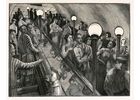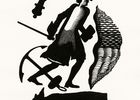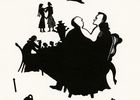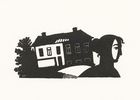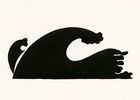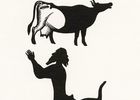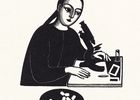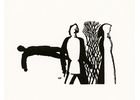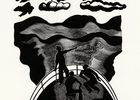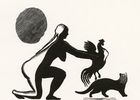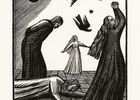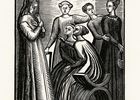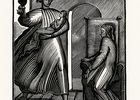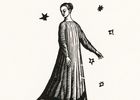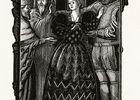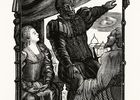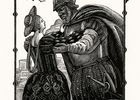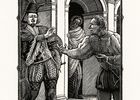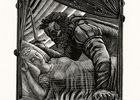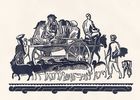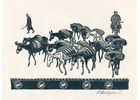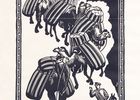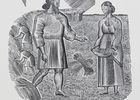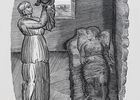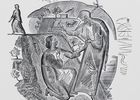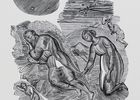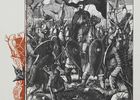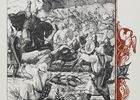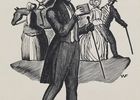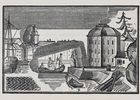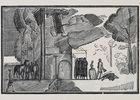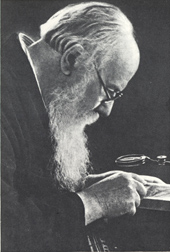
Russian
and Soviet painter, graphic and monumental artist, outstanding maestro of
prints and book-design art, art theoretician.
He
was the son of a lawyer, descendant of a clergyman, and watercolourist S. O.
Sherwood, the famous architect’s daughter. He studied at Constantine Yuon’s
private studio (Ivan Dudin’s class), attended evening sculpture classes with
the Stroganov School (1903–1905) as well as Hollosy’s private
academy in Munich (1906-1907). Favorsky studied history of art at the Munich (1905–1907)
and Moscow Universities (1907–1913). He travelled in France, Italy and
Switzerland. In 1907, he took up xylography and tonal engraving. He exhibited
his works for the first time at the 17th exhibition of the Moscow
Union of Artists in 1910. From 1922 to 1928, Favorsky was a member of the Chetyre iskusstva [“Four Arts”] group.
In
1932-1933, he started to work regularly for the theatres and made stage sets
for many productions at the MKHAT
[The Moscow Art Theatre], Teatr imeny MOSPS
[The Theatre of the Moscow City Trade Union Council] and the Vakhtangov
Theatre, among others. Favorsky’s pieces are mainly made in the technique of
tonal engraving. Book-related work (design and illustrations) played an
important role in his art. The artist developed a distinctive theory of book
design (“The Theory of Composition”, “The Theory of Graphics” and “The Theory
of the Book”) which views the book as
a holistic esthetic organism, an “instrument for reading” where its decorative
component is inseparably blended with its function and its logic comes through
the proportions of its broadside, cross-cutting rhythms, composition and the
placement of illustrations, ornaments and headpieces.
While
on evacuation in Samarkand (1941 - 1943), he worked in linocuts starting a
large Samarkandskaya Seriya
[“Samarkand Series”] which he completed in Moscow after the war. His linoleum
engraving experiments proved to be as successful as those in xylography.
Favorsky did a lot of teaching during his entire lifetime: at the VHUTEMAS - VHUTEIN [the Higher Art and Technical Studios/the Higher Art and
Technical Institute], he headed the xylography chair at the Graphics Department
(1920–1930), was professor of the Institute of Graphic Arts (1930–1934), and
professor of the Ceramics chair with the Moscow Applied and Decorative Arts
Institute (1941–1948).
Not
only did he teach several generations of Soviet graphic artists, but he also
created a school of his own. Among his engraving students were Andrei
Goncharov, Georgy Yecheistov, Dmitry Konstantinov, Gennady Kravtsov, Michail
Pikov, Olga Amosova- Bunak, Fyodor Semenov–Amursky, Evgeny Golyakhovsky, A.
Mirolyubova, Lidia Zholtkevich, Illarion Golitsin and many others.

